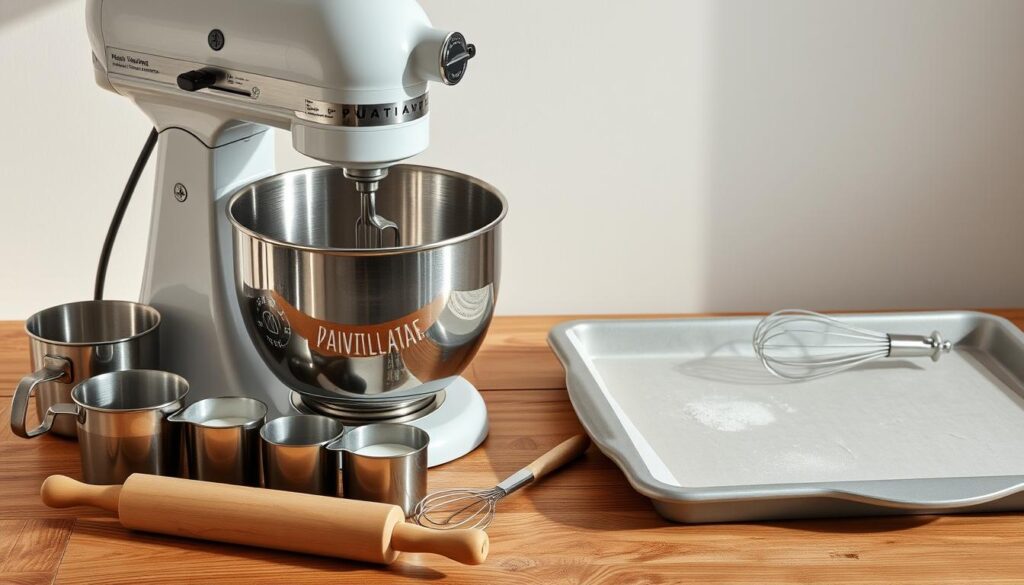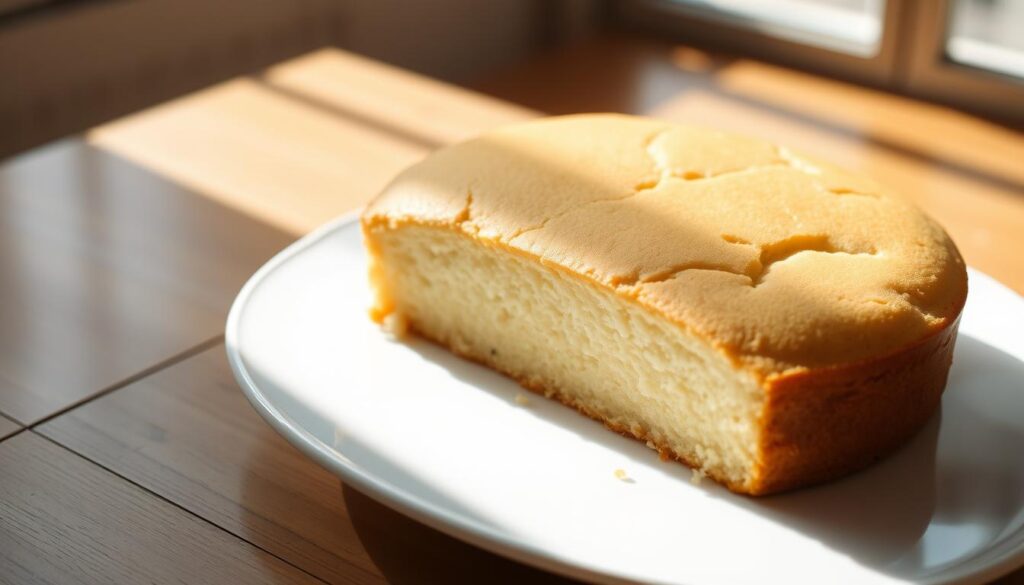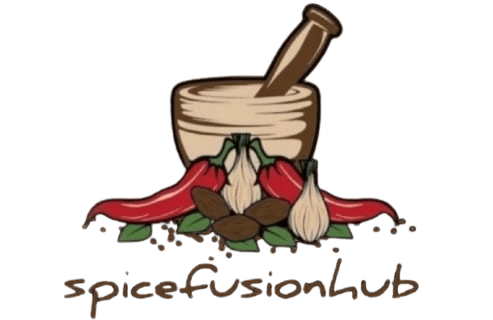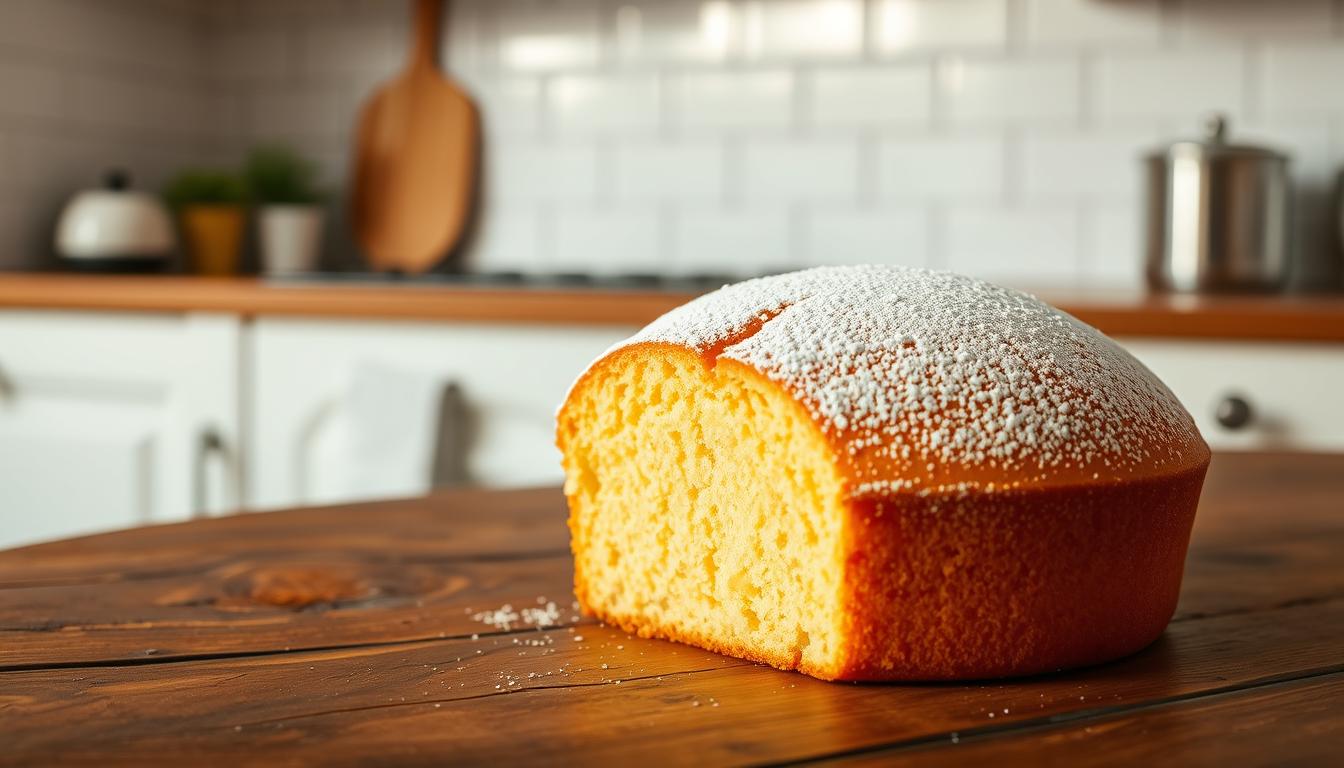Delicious Plain Vanilla Tea Cake
Are you looking for a dessert that’s not too sweet, but still satisfying? A delicate cake that pairs perfectly with your afternoon tea or coffee?Bake your own delicious Plain Vanilla Tea Cake with our easy-to-follow recipe. Moist and flavorful, perfect for any occasion.
The answer lies in a classic treat that’s been a staple for tea time gatherings and casual entertaining: a simple yet elegant vanilla-infused dessert. This beloved cake has become a favorite due to its light, fluffy texture and subtle flavor that doesn’t overwhelm the senses.
Imagine a dessert that’s versatile enough to be dressed up or down, perfect for any occasion, from a casual gathering to a formal afternoon tea party. You can enjoy it on its own or paired with fresh fruits, making it a perfect treat any time of the year.
Table of Contents
Key Takeaways
- Discover the secret to a perfectly balanced dessert for afternoon tea.
- Learn about the versatility of this simple yet elegant cake.
- Understand what sets this tea cake apart from other desserts.
- Explore the various occasions when this classic treat shines.
- Appreciate how this tea cake offers a perfect canvas for seasonal fruits.
Essential Ingredients for Plain Vanilla Tea Cake
Understanding the ingredients and equipment needed is the first step to baking the perfect plain vanilla tea cake. To achieve the best results, it’s crucial to familiarize yourself with the components that make up this classic dessert.
Dry Ingredients
The dry ingredients form the structural backbone of your cake. They include flour, leavening agents, sugar, and salt.
Flour and Leavening Agents
Flour is the primary dry ingredient, providing texture and structure. For a plain vanilla tea cake, all-purpose flour is typically used. Leavening agents, such as baking powder, are essential for giving your cake the right rise and lightness.
Sugar and Salt
Sugar adds sweetness and tenderness to the cake, while salt enhances the flavors and helps control the yeast or baking powder’s activity, ensuring your cake doesn’t become too dense.
Wet Ingredients
Wet ingredients add moisture, richness, and flavor to your cake. They include butter, eggs, milk, and vanilla extract.
Butter and Eggs
Butter contributes to the cake’s flavor and tenderness, while eggs provide structure, moisture, and richness. Using room temperature eggs and butter can improve the mixing process.
Milk and Vanilla Extract
Milk adds moisture, and vanilla extract gives the cake its distinctive flavor. The quality of vanilla extract can significantly impact the overall taste.
Optional Add-ins
You can customize your plain vanilla tea cake by adding nuts, dried fruits, or chocolate chips to create different flavor variations.
Equipment You’ll Need
Having the right equipment is just as important as having the right ingredients. You’ll need an 8-inch round cake pan, which is standard for this recipe. Properly preparing the pan by greasing and flouring or lining with parchment paper is crucial to prevent sticking.
A mixer, either hand-held or stand, makes creaming butter and sugar easier, though manual mixing is possible. You’ll also need multiple mixing bowls to separate wet and dry ingredients before combining them. An oven is, of course, necessary for baking the cake.

To ensure your cake turns out perfectly, it’s also important to have basic measuring tools like measuring cups and spoons for accurate ingredient proportions.
Step-by-Step Baking Instructions
With your ingredients and equipment at the ready, let’s move on to the baking instructions that will guide you through creating a perfect plain vanilla tea cake.
Preparing Your Ingredients and Equipment
Before you begin mixing, ensure that all your ingredients are measured out and at room temperature. This step is crucial for achieving a smooth batter and, ultimately, a tender crumb. Your equipment, including your mixing bowls and baking pan, should be clean and prepared for use.
Mixing the Batter
Mixing is a critical step in the baking process. It’s where all your ingredients come together to form the batter that will become your cake.
Creaming Butter and Sugar
Start by creaming together the butter and sugar until light and fluffy. This process incorporates air into the batter, which helps to leaven your cake.
Adding Eggs and Vanilla
Next, add eggs one at a time, beating well after each addition. This ensures they’re fully incorporated before adding the next. Finally, add your vanilla extract to enhance the flavor of your cake.
Incorporating Dry Ingredients and Milk
Alternate between adding your dry ingredients and milk, beginning and ending with the dry ingredients. This technique helps to maintain the batter’s balance and prevents it from becoming too wet or too dry.
Baking the Cake
Pour your batter into the prepared pan and smooth the top. Bake in a preheated oven at the recommended temperature and time. The baking time may vary depending on your oven, so keep an eye on your cake as it approaches the recommended baking time.
Cooling and Removing from the Pan
Once your cake is done, remove it from the oven and let it cool in the pan for 15 minutes. This initial cooling helps the cake set and makes removal easier. After 15 minutes, carefully invert the cake onto a wire cooling rack and remove the pan. Allow the cake to cool completely before serving or decorating, which may take 1-2 hours.
The cooling process is crucial for the final texture and flavor of your cake. Cooling allows the cake’s structure to fully set and its moisture to redistribute evenly. Premature cutting can result in a gummy texture, so patience is key.
- The initial 15-minute cooling period in the pan is crucial as it allows the cake structure to set.
- Proper removal technique involves inverting the cake onto a cooling rack and carefully lifting the pan away.
- Complete cooling on a wire rack is essential before slicing or decorating to prevent condensation.
- Patience during cooling affects the final texture and flavor development, with premature cutting resulting in a gummy texture.
- The cooling process ensures the cake’s moisture redistributes evenly for the best eating experience.
Tips for a Perfect Plain Vanilla Tea Cake
To ensure your plain vanilla tea cake turns out perfectly, it’s crucial to avoid common pitfalls and follow some expert advice. Baking a great tea cake is not just about following a recipe; it’s about understanding the process and making adjustments as needed.

Common Mistakes to Avoid
One of the most common mistakes when baking a plain vanilla tea cake is not preparing your ingredients and equipment properly. Make sure to have all your ingredients at room temperature before you start mixing. This ensures that your batter mixes smoothly and evenly, resulting in a cake that’s moist and evenly baked.
Another mistake is overmixing the batter. Overmixing can lead to a dense and tough cake. To avoid this, mix your wet and dry ingredients separately and gently fold them together until just combined.
Troubleshooting Your Cake
If your tea cake doesn’t turn out as expected, don’t worry. There are simple fixes for common issues. If your cake is too dry, it might be due to overbaking or incorrect oven temperature. Check your oven’s temperature with an oven thermometer to ensure it’s accurate.
If your cake is soggy, it could be due to underbaking or high humidity. Make sure to bake the cake until it’s fully done, and consider using a fan-assisted oven or reducing the oven temperature slightly if you live in a humid climate.
Storage and Freshness Tips
Proper storage is key to maintaining the freshness of your plain vanilla tea cake. The cake can be stored at room temperature in an airtight container or wrapped in plastic wrap for 3-5 days. It’s best enjoyed within the first 2 days when it’s most moist.
To keep your tea cake fresh on the counter for a longer period, consider using a cake stand with a lid or wrapping it tightly in plastic wrap. If you won’t be consuming the cake within a few days, you can freeze it for up to 3 months. Just wrap it well to prevent freezer burn.
Removing any fruit toppings before storing your cake is also a good practice, as it prevents moisture transfer that can make the cake soggy. If your cake becomes slightly stale, you can refresh it by warming a slice in the microwave for 10 seconds or serving it with cream to add juiciness.
Serving Suggestions and Variations
The plain vanilla tea cake is not just a dessert; it’s a canvas waiting for your creative touch, whether that’s through serving suggestions or recipe variations. You can elevate your vanilla tea cake by pairing it with fresh seasonal berries like strawberries, blueberries, or raspberries, which complement its subtle sweetness.
A simple yet elegant way to serve your cake is with a light dusting of confectioner’s sugar, adding a touch of sweetness and visual appeal. This light fluffy cake also pairs beautifully with a cup of tea or coffee, making it perfect for afternoon tea or as a dessert with whipped cream or ice cream.
You can modify the basic tea cake recipe by adding different flavors such as lemon zest or almond extract, or by folding in nuts or dried fruits to create unique variations. Additionally, you can adapt this recipe to different serving needs by baking it in various formats like cupcakes, mini loaves, or bundt cakes, making it versatile for different occasions.
- Pair your cake with fresh berries or stone fruits for a delicious and healthy dessert option.
- Experiment with different extracts like almond or lemon to give your cake a unique flavor.
- Consider alternative baking formats like mini tea cakes or bundt variations for different serving styles.
By exploring these serving suggestions and variations, you can enjoy your vanilla tea cake in multiple ways, making it a staple in your baking repertoire.







